Prof. Rebecca Lurie shared this photo of a 1961 telegram from Eleanor Roosevelt inviting her activist mother (with a typo in her last name) to a gathering at Roosevelt’s townhouse in Manhattan. Eleanor’s husband, President Franklin D. Roosevelt, died in 1945. More below.
Women make up half the world’s population. How does one even begin to learn women’s history? A call to SLU’s female-identified and nonbinary faculty for brief thoughts related to this month’s commemoration yielded a fascinating variety of offerings. We hope you’ll take a look, get inspired and learn something new.
— Urban Studies Professor Rebecca J. Lurie
— Labor Studies Professor Barbara Ingram-Edmonds
Transwomen are women. And women’s history is trans history! Learn more from The Trevor Project.
— Urban Studies Professor Sofya Aptekar
It blew my mind to learn about this event: Black women calling for and leading a March on Washington in 1951! How many more hidden gems are buried in our histories? From the history blog Black Perspectives: In the fall of 1951, the Sojourners for Truth and Justice issued “A Call to Negro Women” for African American women to descend on Washington D.C. to “demand of the President, the Justice Department, and the Congress the absolute immediate and unconditional redress of grievances.”
— Labor Studies Professor Alethia Jones
Here is snippet from Sojourner Truth’s poem, Ain’t I A Woman:
Then that little man in black there, he says women can’t have as much rights as men, ’cause Christ wasn’t a woman! Where did your Christ come from? Where did your Christ come from? From God and a woman! Man had nothing to do with Him.
If the first woman God ever made was strong enough to turn the world upside down all alone, these women together ought to be able to turn it back , and get it right side up again! And now they is asking to do it, the men better let them.
Obliged to you for hearing me, and now old Sojourner ain’t got nothing more to say.
— Urban Studies Professor Yolande A. Cadore
Book & Media Recommendations
A favorite movie that highlights women’s struggles as a part of the struggles of all workers; Salt of the Earth.
— Labor Studies Professor Claudia Shacter-deChabert
“Ella Baker and the Black Freedom Movement: A Radical Democratic Vision” by Barbara Ransby is a biography of the incredible organizer Ella Baker. Baker did so much of the behind-the-scenes work to build movements, including the “bridge builder” work to connect organizations and movements (civil rights, labor, student, and more). This is work that is often ignored and left for women to do. This book shows how vital it is. Baker was able to cultivate a culture of democratic leadership and mentor a whole generation of strong leaders.
— Labor Studies Professor Stephanie Luce
The iconic and always relevant The Combahee River Collective Statement
— Labor Studies Professor Alethia Jones
I recently re-read the book Cassandra, by Christa Wolf. Christa Wolf was an internationally recognized East German author who was both committed to socialism but critical of East Germany; when this book was initially published in East and West Germany, the accompanying essays were censored in part by the East German authorities. It is a re-telling of the story told in Homer’s Iliad of the Greek invasion of Troy, told from the perspective of Cassandra, the daughter of the Trojan king, whose prophecies went unheeded in the patriarchal world she lived in. The book is powerfully and beautifully written, so I’d recommend it on that front all by itself. But it’s also a remarkable political parable, exploring and imagining gender oppression and spaces of liberation, the horrors of war, and the cost to a society that marginalizes truths and the people who express them. It’s a fictional woman’s history, but one that powerfully evokes realities faced by women and others in oppressive societies and shares a path of collective strength that solidarity makes possible.
— Labor Studies Professor Penny Lewis

